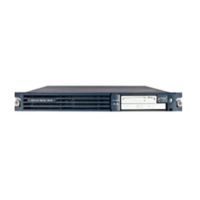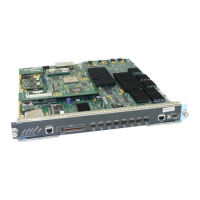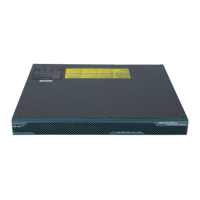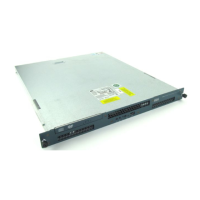Implementing IPSec Network Security on Cisco IOS XR Software
How to Implement IPSec Network Security for VPNs
SC-138
Cisco IOS XR System Security Configuration Guide
Step 9
service-location preferred-active
location
[preferred-standby
location
[auto-revert]
Example:
RP/0/0/CPU0:router(config-if)# service-location
preferred-active 0/0/0 preferred-standby 0/1/0
Specifies both active and standby locations for the
interface.
• Use the preferred-active keyword to specify
that the SPA in this location serves all traffic
going through the interface. The location
argument is expressed in rack/slot/module
notation.
• (Optional) Use the preferred-standby keyword
to specify that if a SPA fails, the interface is
served by the SPA in this location. The location
argument is expressed in rack/slot/module
notation.
• (Optional) Use the auto-revert keyword to
revert to the preferred-active location if the
auto-revert keyword is configured.
Note The auto-revert keyword is specified only if
the preferred-standby keyword with the
location argument is configured.
Step 10
end
or
commit
Example:
RP/0/0/CPU0:router(config-if)# end
or
RP/0/0/CPU0:router(config-if)# commit
Saves configuration changes.
• When you issue the end command, the system
prompts you to commit changes:
Uncommitted changes found, commit them
before exiting(yes/no/cancel)?
[cancel]:
–
Entering yes saves configuration changes to
the running configuration file, exits the
configuration session, and returns the
router to EXEC mode.
–
Entering no exits the configuration session
and returns the router to EXEC mode
without committing the configuration
changes.
–
Entering cancel leaves the router in the
current configuration session without
exiting or committing the configuration
changes.
• Use the commit command to save the
configuration changes to the running
configuration file and remain within the
configuration session.
Step 11
show route [vrf
vrf name
]
Example:
RP/0/0/CPU0:router# show route vrf
Displays the proxy information that was added as
static routes.
Command or Action Purpose

